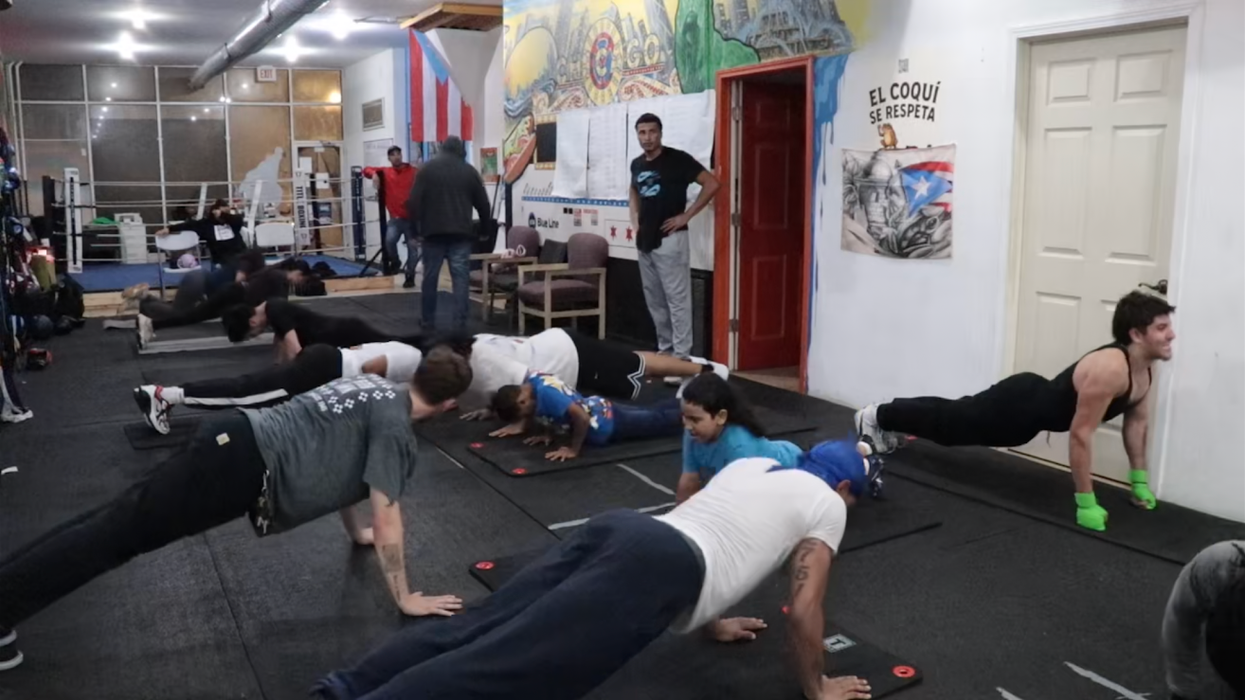Hollie Russon Gilman is a Senior Fellow at New America's Political Reform Program and an Affiliate Fellow at Harvard's Ash Center. She is the author of Democracy Reinvented: Participatory Budgeting and Civic Innovation in America and most recently co-author of Civic Power: Rebuilding American Democracy in an Era of Crisis.
Lizbeth Lucero is a program associate at New America's Political Reform Program.
When we think about government and budgets, the first thing that comes to mind is usually the demoralizing, zero-sum spending fights in Washington, such as the one on the horizon over the federal debt limit. But while those high-stakes conflicts usually end in results that satisfy no one, across the country, states and cities of all sizes are experimenting with new techniques that involve ordinary people, working together, in deciding how to allocate money in their communities.
This co-decision tool, known as participatory budgeting (PB), is not a new phenomenon but is likely to get a huge boost from the billions of dollars flowing into communities through the American Rescue Plan Act, the Infrastructure Investment and Jobs Act, and the Inflation Reduction Act. PB integrates digital tools and numerous entry points for people to engage in decision-making. While most federal programs that move money to communities fund projects that have been developed over the years and are overdue for funding, some of the initiatives in these new laws put forward money for new projects that haven’t been planned yet. This creates an unprecedented opportunity to make instrumental changes in cities across the U.S. and implement meaningful, ongoing community engagement.
For cities and states overwhelmed by economic downturns and budget shortfalls, the federal funds represent much-needed investments in communities recovering from the pandemic and the economy. States will have the opportunity to use these funds to revitalize communities most impacted by ongoing inequalities. Luckily, there are lessons we can take away from cities across the country using federal funds to expand models of inclusive democracy such as PB. Oakland, California is one of the first places in the country to use federal dollars in the form of a Community Development Block Grant ( CDBG) to invest in infrastructure developments and neighborhood revitalization. From 2016-2017, Oakland residents of City Council Districts 1 and 2 participated in a PB pilot program working with the Participatory Budgeting Project, to help allocate a total of over $700,000 over the course of two years. Local residents submitted project proposals ranging from crime awareness and prevention services to homeless services, and social services. The winning proposals included ESL and social support programs for immigrants, van transportation vouchers for low-income seniors and disabled persons, housing counseling and legal advice for renters, and youth programs. As a result of this process, hundreds of residents have already participated in what is now known as the first-ever PB process applied to federal funds.
As millions of ARPA, IIJA, and IRA federal dollars reach communities, the stakes are high in restoring and rebuilding our nation’s crumbling civic, political, and economic infrastructures. The long overdue improvements needed in America’s cities and countries call for remodeling in how we govern and allocate federal funds across the country. States and localities are in a unique position to decide whether they will reaffirm traditional forms of spending— influenced solely by policymakers or decide if they’ll implement a budgeting model that defies the status quo and accurately reflects the needs of people and their communities.
Unlike traditional forms of civic engagement such as voting, PB does not suppress participants based on age or citizenship status. By offering a hands-on, direct approach to engaging in local democracy, participatory budgeting is an on-ramp to more inclusive forms of co-governance. Residents are not merely advising or consulting on policy decisions. They work intimately in collaboration with local governments in deciding their communities’ priorities through public spending. This process is inherently less restrictive and more representative of the larger community. It also leverages digital tools and offers in-person and online opportunities for participation – including Decimid, an open-source deliberative democracy platform, used in New York, Barcelona, and Madrid to boost engagement.
As the unprecedented wave of incoming federal money trickles down to local governments, the participatory budgeting movement is about to boom. Some states have already begun experimenting with PB with incoming federal funds through ARPA, IIJA, and IRA. Cleveland, for instance, is expected to receive the eighth largest allocation of any municipality in the country in ARPA funds and is expected to implement PB as a way to maximize impact in their communities. Instead of one-and-done project investments, Cleveland seeks to implement long-term, sustainable projects that provide meaningful changes. In late 2022, Mayor Justin M. Bibb of Cleveland announced the city’s priority of creating a Civic Participation Fund for community residents to have a voice in how millions of dollars are spent throughout the city. Mayor Bibb is proposing to allocate $5 million in ARPA funds to pilot the first citywide PB process in its history. This means Clevelanders would have a direct say on how millions will be allocated in their communities, from addressing economic impacts to infrastructure deficits. The money will give residents an opportunity to sit at the table alongside decision-makers to implement changes in their communities. While some members on the opposing side have argued that PB members are unqualified to make decisions on behalf of wards, a PB process educates people about realistic tradeoffs and limitations and offers an equity lens to ensure that one voice doesn’t take precedence over the majority.
Cleveland is not alone in PB’s growing movement. States and municipalities around the country are beginning to adopt PB as a democratic tool to boost impact, including Michigan, Rhode Island, Portland, Massachusetts, Illinois, California, Maine, and Tennessee. All these places are taking part in a revolutionary shift in the way we govern and who gets to participate in the process. When given the opportunity to participate authentically in our institutions, residents show up in a meaningful way.
As states and localities are uniquely positioned to decide how to allocate federal dollars throughout their communities, inclusivity, and accessibility remain critical criteria in restoring American democracy. Who gets to decide leaves a powerful message to people that their voices are necessary at every stage of the decision-making process. When we prioritize this, it becomes clear that everyday people are core partners in repairing our democracy.


















